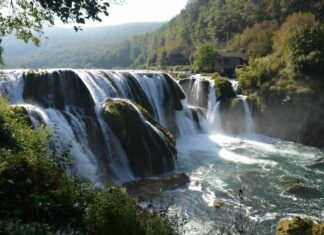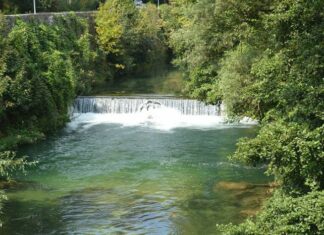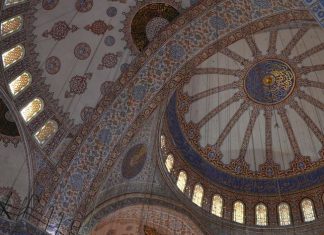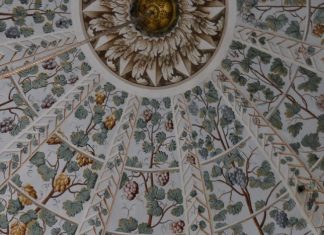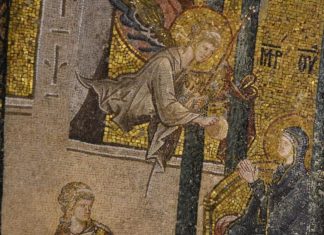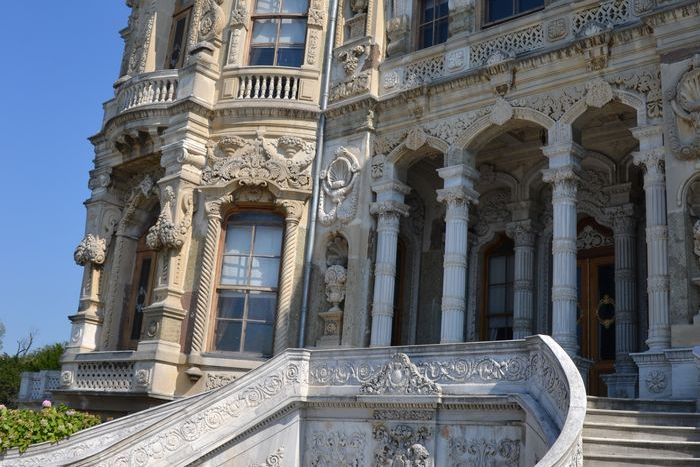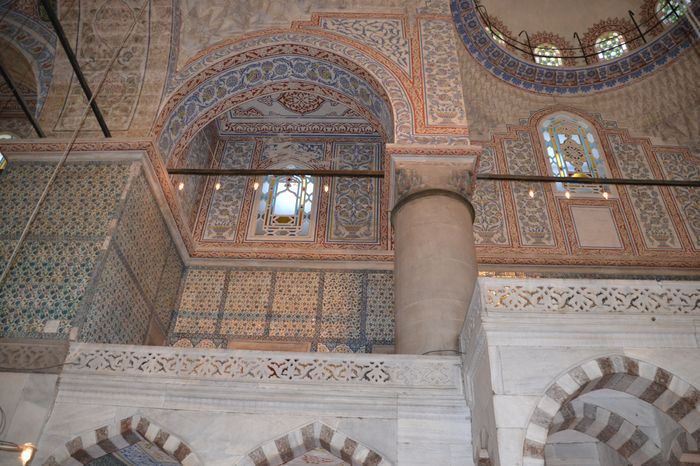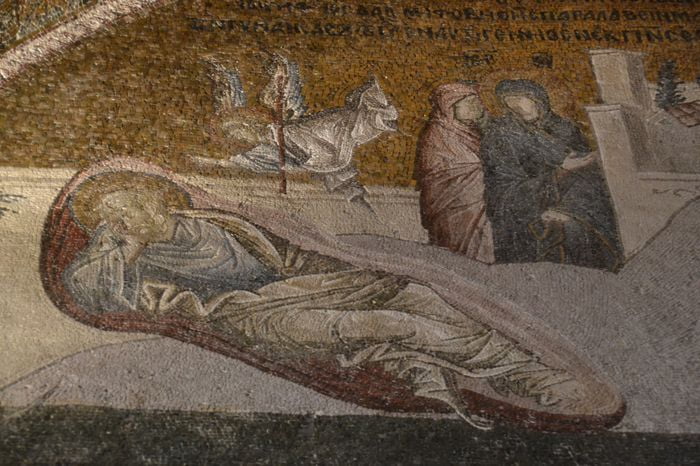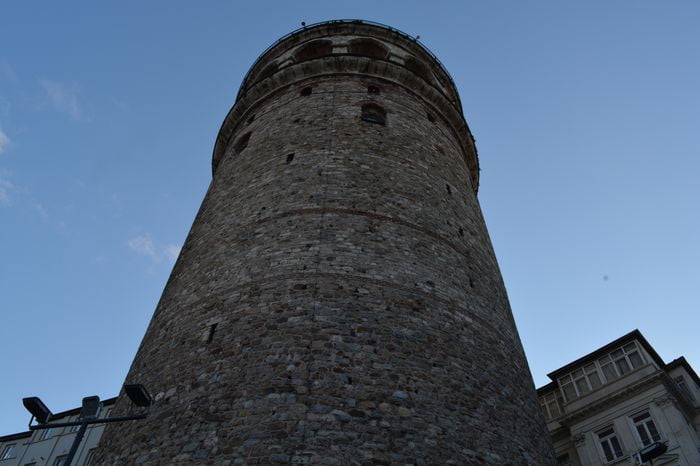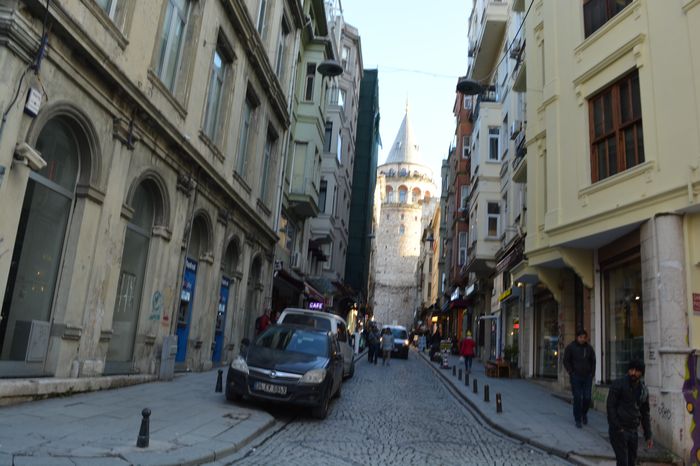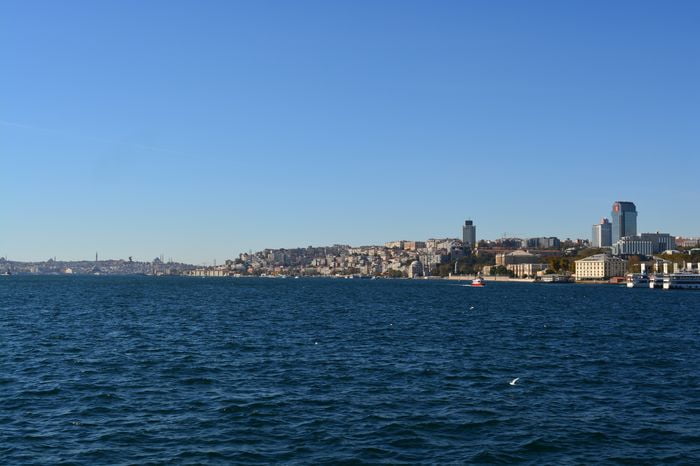Early Cultural Connections in Anatolia
Early Buildings and Trade
During ancient times, Anatolia was closely connected with other advanced cultures like those in Mesopotamia. Pottery from the Ubaid period (a...
Anatolia and the Bible
What Is Anatolia?
Most of what we now call Turkey was once known as Anatolia or Asia Minor. This land stretches about 1,000 miles from...
Exploring Dolmabahçe Palace A Symbol of Ottoman Grandeur
Dolmabahçe Palace, commissioned by Sultan Abdülmecit between 1843 and 1856, stands as a magnificent testament to Ottoman architectural splendor. With its intricate design and...
Unveiling the Magnificence of Topkapi Palace A Jewel of Ottoman Heritage
Historical Background
Topkapi Palace, commissioned by Sultan Mehmet the Conqueror between 1460 and 1478, stands as a testament to Ottoman grandeur and architectural brilliance. Situated...
Exploring Ottoman-Era Tombs and Complexes in Istanbul
The Gülnuş Emetullah Valide Sultan Tomb: A Symbol of Maternal Reverence
The Gülnuş Emetullah Valide Sultan Tomb, erected between 1708 and 1711 within the Yeni...
Some indication that Gundila
The war dragged on, and at some point Totila returned; we have some indication that Gundila lost land again. After the war was over...
Totila was smart
Totila was smart, strong, and patient, and so his forces began to recruit directly from the other side. There was little difference between the...
Amalasuntha’s death gave Justinian the pretext
And so in 535, Amalasuntha’s death gave Justinian the pretext he needed—supposed instability and illegitimacy—to set his fleets on the water again, this time...
The rest of the Empire
Reading the reports of his spies in the rest of the Empire, Constantine sometimes felt like an observer perched high above some giant circus,...
Maxentius and Maximian
“More like Vesuvius in eruption,” Dacius said dryly. “Rome is angry enough to leave the Empire, if it could, but Maxentius and Maximian have...
